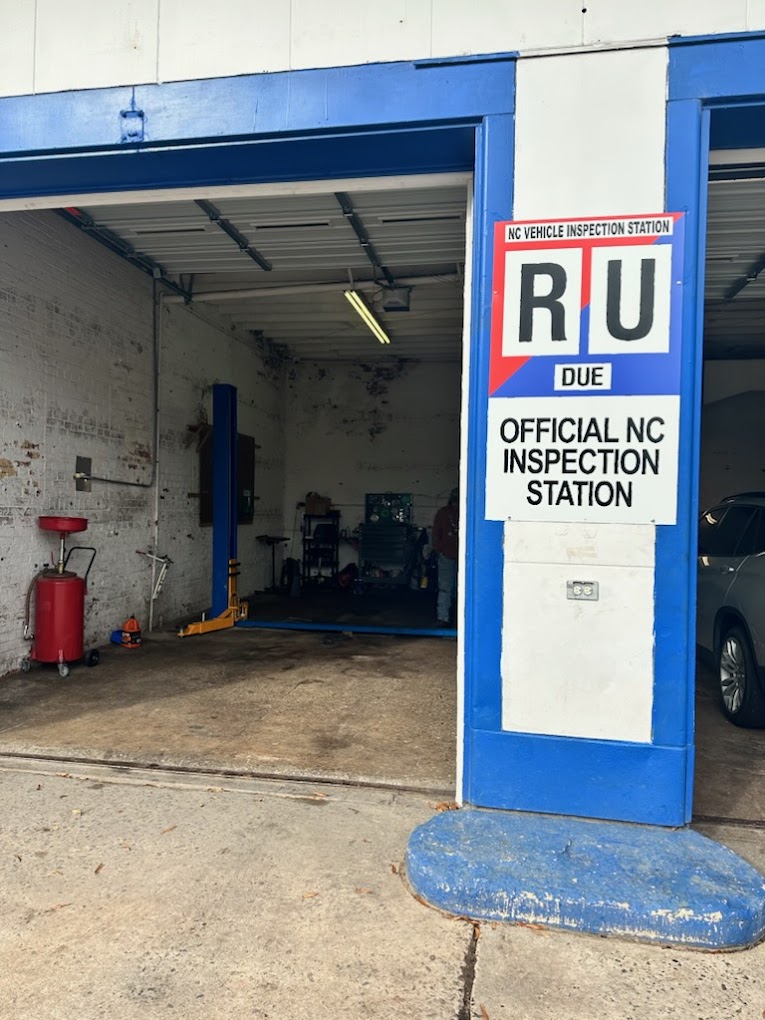How do you recharge a car A/C system?e


How do you recharge a car A/C system?
Posted on Thu, 10 Apr 25 17:34:35 +0000Choosing the Right Refrigerant
Selecting the appropriate refrigerant for your car's A/C system is crucial for efficient operation and environmental safety. Most modern vehicles utilize R-134a, a refrigerant known for its effectiveness and lower environmental impact compared to older types. In recent years, some manufacturers have started using R-1234yf, which has an even lower global warming potential. It's essential to consult your vehicle's owner manual or a professional technician to determine the correct refrigerant for your specific make and model.Using the wrong refrigerant can lead to system inefficiencies, reduced cooling performance, and potentially harmful effects on the environment. This choice also impacts the long-term health of your A/C system. Always ensure that any refrigerant used is properly certified and aligns with local regulations. Taking these steps will help avoid costly repairs and ensure optimal performance throughout the lifespan of your vehicle's air conditioning system.
Types of Refrigerants Used in Vehicles
Refrigerants play a critical role in automotive air conditioning systems, driving the cooling process by absorbing and releasing heat. Initially, many vehicles used R-12, a chlorofluorocarbon (CFC) refrigerant. Due to its harmful environmental effects, this type has been phased out, leading to the adoption of more eco-friendly alternatives.Currently, R-134a is one of the most widely used refrigerants in vehicles produced after 1995. This hydrofluorocarbon (HFC) option offers a lower potential for ozone depletion compared to its predecessor. More recently, R-1234yf has emerged as a newer alternative that significantly reduces global warming potential, making it a popular choice for newer car models focused on environmental compliance.
Step-by-Step Guide to Recharging
Begin by ensuring you have the necessary tools and equipment, including a refrigerant gauge set, a vacuum pump, and the appropriate refrigerant for your vehicle. Before starting the recharging process, it’s crucial to check your vehicle’s manual for the correct specifications and to locate the low-pressure service port, as this is where the refrigerant will be added. Connecting the gauge set requires you to attach the blue hose to the low-pressure port and the red hose to the high-pressure port for monitoring system functionality.Next, start the engine and turn on the A/C to the maximum setting. This allows the compressor to engage, which is essential for a successful recharge. Once everything is connected, check the pressure readings on the gauge to determine if the system is low on refrigerant. If necessary, add the refrigerant slowly while monitoring the pressure, ensuring that it falls within the recommended range as specified by the manufacturer. After recharging, disconnect the hoses and replace any service port caps, making sure everything is sealed properly to avoid leaks.
Detailed Instructions for Proper Procedure
Before starting the recharging process, gather the necessary tools, including a refrigerant kit with a pressure gauge. Locate the service port on your vehicle’s A/C system; the low-pressure port is typically located near the larger of the two lines. Remove the cap from this port and attach the refrigerant hose securely to avoid leaks. It’s essential to ensure that the engine is running with the A/C set to its maximum setting. This allows the system to draw in the refrigerant efficiently.Next, check the pressure on the gauge to assess the current level of refrigerant in the system. If the pressure is below the recommended level, begin to add refrigerant slowly while keeping an eye on the gauge. Periodically disconnect the hose to check the pressure and prevent overcharging, which can damage the A/C system. Once the pressures are within the acceptable range, securely replace the service port cap and conduct a brief test run to ensure the air is cooling properly.
Tips for Maintaining Your A/C System
Regular maintenance of your car's A/C system can extend its lifespan and improve performance. Periodically check the cabin air filter and replace it if it’s dirty, as a clogged filter can restrict airflow. Clean the exterior of the A/C condenser to remove dirt and debris, which can hinder the cooling efficiency. During hot months, run the A/C for a few minutes each week to keep the system lubricated and functioning properly, even if you don't need it.Pay attention to any unusual sounds or smells when the A/C is in use. These could indicate underlying issues that may require a professional inspection. Ensure that the refrigerant level stays within the manufacturer’s recommended range, as low refrigerant can lead to poor cooling and potential damage to the compressor. Additionally, seek a professional service once a year for a comprehensive checkup, as this proactive approach can catch small problems before they escalate.
Best Practices for Longevity
Regular maintenance is essential for extending the lifespan of your car's A/C system. Ensure that the cabin air filter is replaced at recommended intervals to maintain optimal airflow and prevent debris buildup. Keep an eye on the refrigerant levels and have the system checked annually for leaks or pressure issues. This proactive approach helps in identifying potential problems early on and reduces the risk of major repairs down the line.Using the A/C system periodically, even during colder months, helps maintain its functionality. Running the A/C allows the lubricants within the system to circulate, preventing seals from drying out and reducing the likelihood of leaks. Additionally, parking in shaded areas or using sunshades can minimize auto repair shop 27701 the strain on the A/C by reducing the initial cabin temperature, making it easier for the system to cool the air efficiently.
Troubleshooting Common A/C Issues
An efficient air conditioning system is crucial for comfort during hot weather. If the A/C is not blowing cold air, first check the refrigerant levels. Insufficient refrigerant often results in decreased cooling performance. Inspecting for visible leaks in hoses or connections can also identify potential issues. Another common problem is a clogged cabin air filter, which restricts airflow and can reduce the system's overall effectiveness.
In some cases, unusual noises during operation might indicate component failures. A malfunctioning compressor can create grinding or squeaking sounds. Checking fuses and relays can also help determine if electrical issues are affecting the A/C system. Regularly inspecting the system for wear and tear allows for early detection of problems. Maintaining clean components and addressing issues promptly can prevent larger repairs in the future.
Identifying and Fixing Common Problems
Air conditioning systems can face a variety of issues that affect their performance. Common problems include weak airflow, warm air blowing from the vents, and unusual noises during operation. Weak airflow might stem from clogged filters or malfunctioning blower motors, while warm air could indicate refrigerant leaks or compressor failures. Regular checks can help identify these issues early, preventing further damage and costly repairs.When diagnosing these problems, it’s important to perform a visual inspection of the components. Check for signs of refrigerant leaks, such as oily spots around connections and hoses. Listening for strange noises while the system operates can provide clues to failing parts, like the compressor or fans. Addressing these concerns promptly, whether through DIY fixes or consulting a professional, can ensure your A/C system remains functional and efficient.
Plants and Home

Copyright © Your Website 2022. All rights reserved